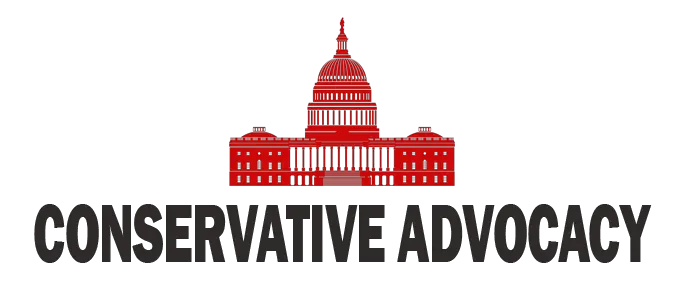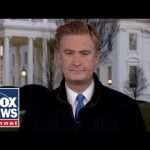President Donald Trump’s address to Congress this week showcased a confident and combative leader determined to highlight his administration’s early accomplishments while fending off vocal opposition from Democrats. The event, marked by both Republican enthusiasm and Democratic heckling, underscored the sharp partisan divide that continues to define American politics. Despite the disruptions, Trump delivered a speech brimming with optimism, touting his policies on tariffs, tax reform, and government efficiency as cornerstones of his vision for a revitalized America.
Central to Trump’s speech was his defense of the newly imposed 25% tariffs on imports from Canada and Mexico. Trump framed these tariffs as essential for safeguarding American industries and ensuring economic sovereignty. While critics warn of potential price hikes and market disruptions, Trump dismissed these concerns, emphasizing that the tariffs are about “protecting the soul of our country” and reducing reliance on foreign competitors. For conservatives, this bold stance reflects a long-overdue correction to decades of trade policies that have weakened American manufacturing and left workers vulnerable to global market fluctuations.
The president also highlighted significant cost-cutting efforts led by Elon Musk’s Department of Government Efficiency (DOGE), which claims to have saved $105 billion by eliminating wasteful spending. While some critics question the accuracy of these figures, Trump used them to bolster his argument for downsizing the federal government and reallocating resources to productive sectors. This aligns with conservative priorities of fiscal responsibility and reducing bureaucratic overreach, even as Democrats accuse the administration of targeting vulnerable groups like veterans in its workforce reductions.
Democratic lawmakers made their disapproval known throughout the speech, with interruptions ranging from heckling to protest signs decrying cuts to Medicaid and other social programs. At one point, Rep. Al Green (D-Texas) was escorted out after repeatedly shouting objections at the president. Trump responded to these disruptions with characteristic defiance, framing them as evidence of a Democratic Party more focused on theatrics than solutions. For many conservatives, this moment symbolized a broader cultural clash between Trump’s unapologetic leadership style and what they see as the left’s penchant for performative outrage.
Amidst the political theater, Trump pointed to tangible economic achievements, including increased small business optimism and new investments in domestic manufacturing. He announced plans for additional tax cuts targeting domestic production and reiterated his commitment to expanding America’s industrial base. These policies aim to build on the economic gains of his first term while addressing challenges left by the previous administration. Conservatives view this agenda as a blueprint for restoring American greatness through self-reliance and innovation.
As President Trump moves forward with his ambitious agenda, he faces both fierce opposition and unwavering support from his base. His address to Congress served not only as a rallying cry for Republicans but also as a reminder that his presidency remains a lightning rod for debate over America’s future direction. With bold policies on trade, government reform, and economic growth, Trump is doubling down on his promise to put America first—an approach that continues to resonate deeply with millions of hardworking Americans.




